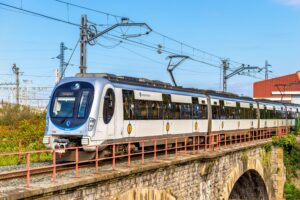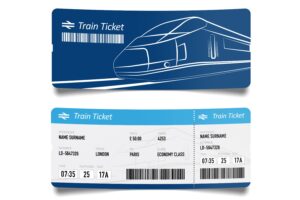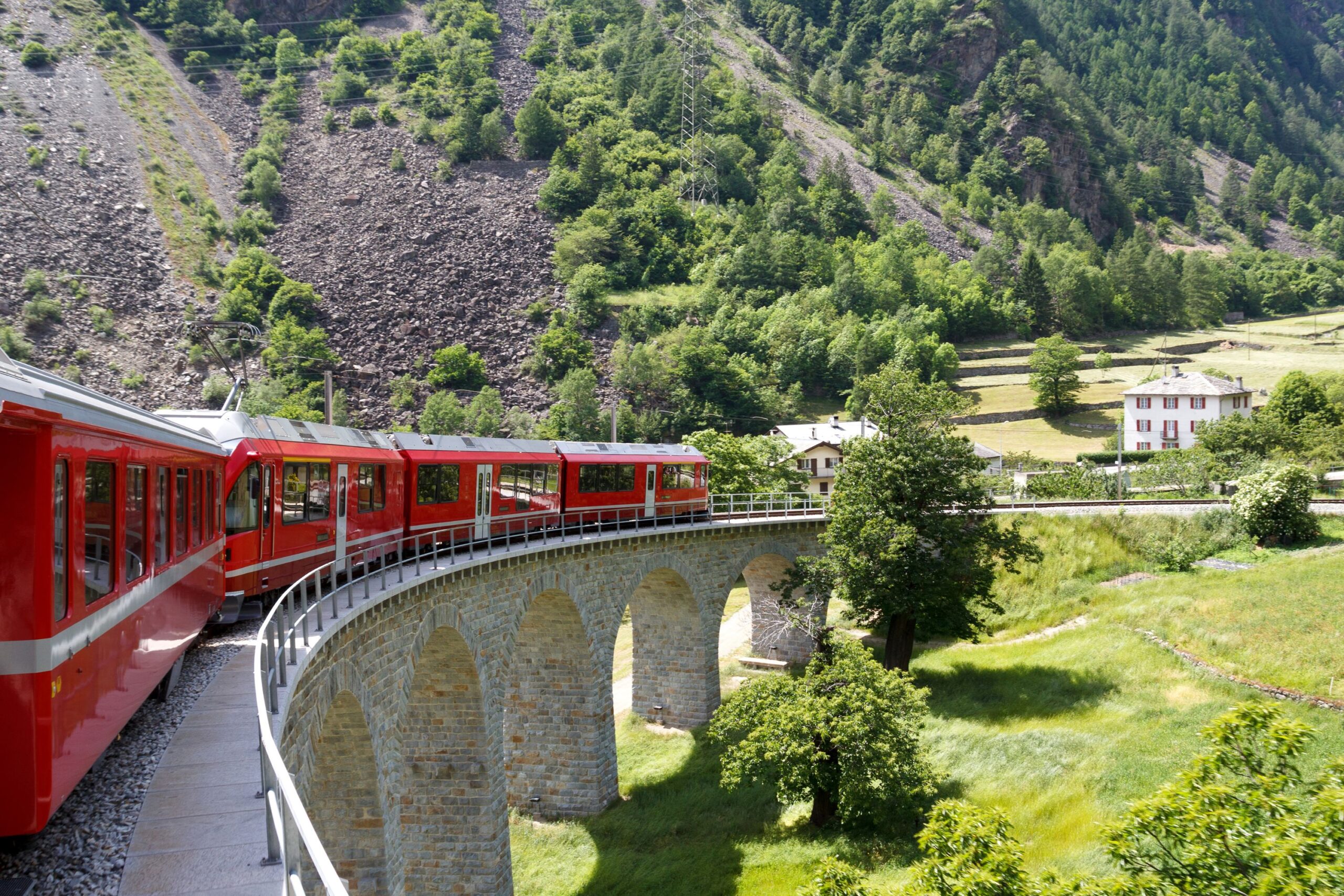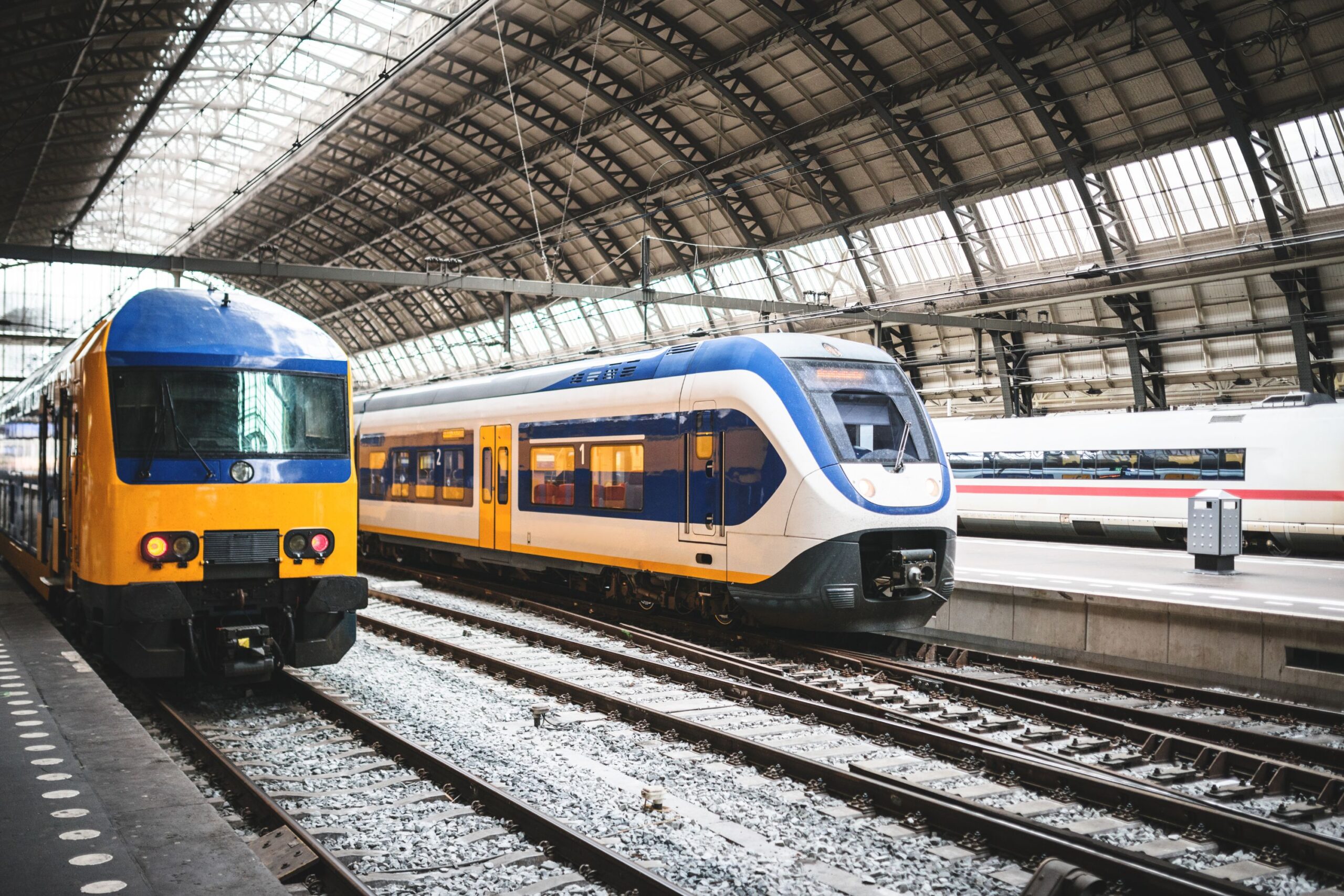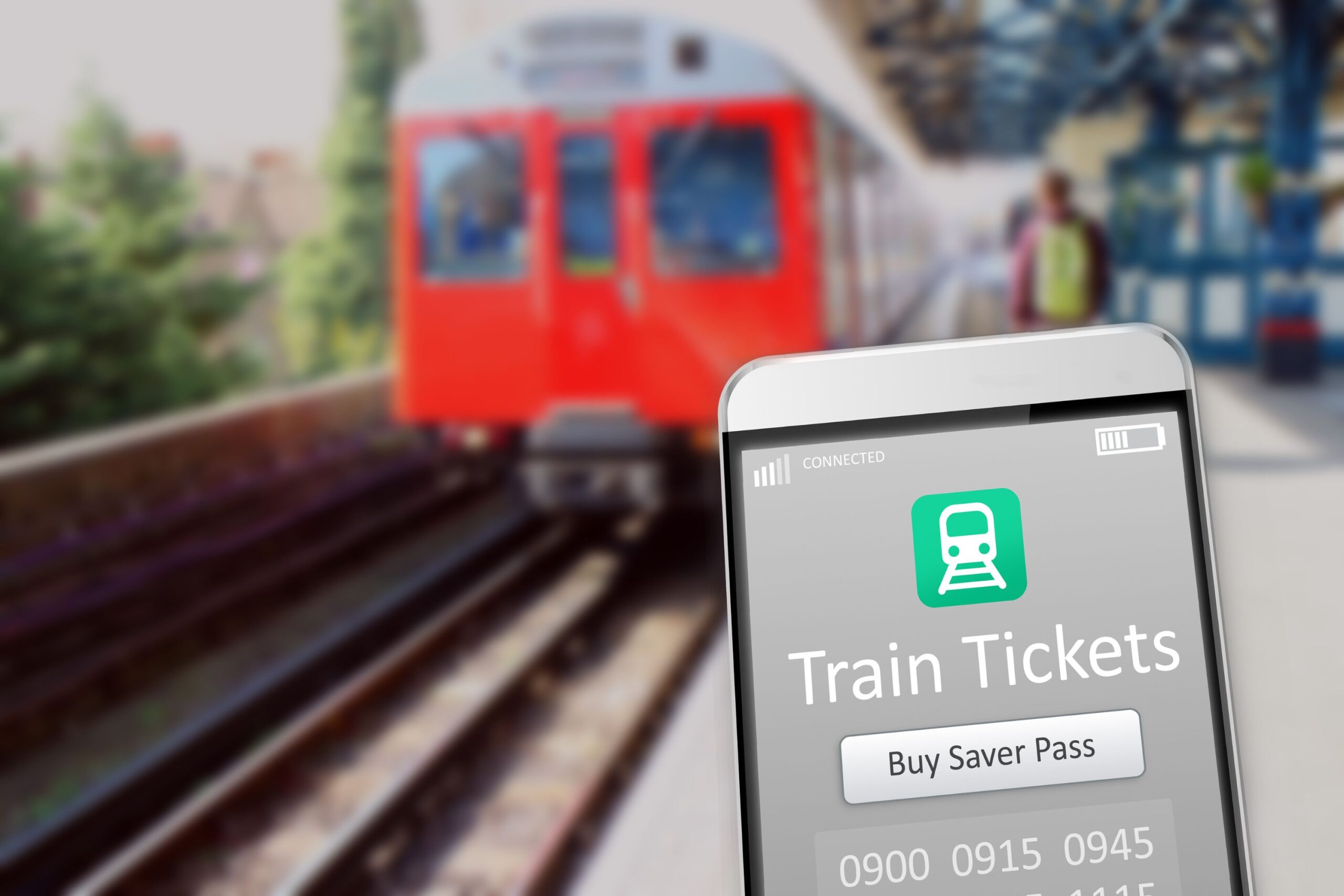Italy, with its rich history, stunning landscapes, and iconic cities, is a dream destination for travelers around the world. As you plan your Italian adventure, one question that may arise is whether train travel in this enchanting country comes with a hefty price tag. In this comprehensive blog, we delve into the intricacies of train travel costs in Italy, shedding light on factors that influence prices, offering budget-friendly tips, and helping you decide whether train travel is an expensive affair or a savvy choice for exploring the beauty of Italy.
Understanding the Basics: The Italian Rail Network
A Well-Connected Network: The Backbone of Italian Transportation
Italy boasts an extensive and efficient rail network, connecting major cities, charming towns, and picturesque regions. Trains are a popular mode of transportation for both locals and tourists, providing a convenient and scenic way to navigate the country. The Italian railway system is managed by Trenitalia, the primary train operator, along with a few regional companies.
The Factors at Play: What Influences Train Ticket Prices?
Distance and Route: The Travel Itinerary
- The Length of the Journey:One of the primary factors influencing train ticket prices in Italy is the distance you intend to travel. Longer journeys between major cities, such as Rome and Milan, generally come with higher fares compared to shorter trips between neighboring towns.
- Route and Train Type:The type of train you choose also impacts the cost. High-speed trains like the Frecciarossa and Frecciargento tend to be more expensive due to their efficiency and speed. Regional trains, on the other hand, offer more economical options for shorter distances.
Class of Travel: The Comfort Factor
- Standard vs. First Class:Similar to many other countries, Italian trains offer different classes of travel. First class tickets come at a premium and offer added comforts, including spacious seats, more legroom, and often complimentary services.
Booking in Advance: Timing Is Key
- Early Bird Savings: Booking your train tickets well in advance can lead to significant savings. Trenitalia typically releases its tickets around 120 days before the travel date, and securing your seats early can help you take advantage of discounted fares.
- Last-Minute Costs: While booking ahead can be cost-effective, purchasing tickets closer to the travel date, especially during peak tourist seasons, may result in higher prices due to limited availability.
Time of Travel: Peak and Off-Peak Considerations
- Peak vs. Off-Peak Hours: Train travel costs can vary based on the time of day. Traveling during off-peak hours, typically outside of morning and evening rush times, may offer more budget-friendly fares.
Budget-Friendly Tips: Making the Most of Train Travel in Italy
Explore Pass Options:
- Eurail and Interrail Passes: For travelers planning to explore multiple European countries, Eurail and Interrail passes provide the flexibility to travel by train across Italy and other nations at a fixed cost.
Regional and Local Trains:
- Opt for Regional Services: Regional trains are often cheaper and provide a more leisurely experience, allowing you to enjoy the Italian countryside at a relaxed pace.
Combination of Transport:
- Utilize Combinations:Consider a mix of transportation modes. For longer distances, a high-speed train may be efficient, while local buses or trams can offer cost-effective options within a city.
Is Train Travel Expensive in Italy?
In the grand tapestry of Italian travel expenses, train travel can be a reasonable option when approached strategically. While high-speed and long-distance routes can be relatively expensive, early planning, off-peak travel, and careful selection of routes and classes can help you manage costs. The convenience, comfort, and scenic beauty that train travel offers in Italy often outweigh the costs, making it a valuable investment in your travel experience.
What are the average prices for train tickets in Italy?
As of our last knowledge update in September 2021, train ticket prices in Italy can vary widely based on factors such as the type of train, class of travel, distance, and booking time. It’s important to note that these prices are subject to change and may vary based on the current date, route, and other factors. Here are some approximate average prices for different types of trains and classes in Italy:
- Regional Trains (Regionale): These are slower, local trains that connect smaller towns and cities within a specific region. Average prices can range from €5 to €20 for shorter distances.
- Intercity Trains: These trains connect major cities and regions. Average prices can vary from around €20 to €50 for medium-distance travel.
- Frecciarossa and Frecciargento (High-Speed Trains): These are high-speed trains that connect major cities across Italy. Prices for these trains can range from approximately €40 to €100 or more, depending on factors such as the route and how far in advance you book.
- Italo Treno (Private High-Speed Operator): Similar to Frecciarossa and Frecciargento, Italo Treno offers high-speed train services with prices comparable to Trenitalia’s high-speed trains.
- First Class vs. Second Class: First-class tickets are generally more expensive than second-class tickets and can vary significantly depending on the type of train. Prices for first class can range from around 1.5 to 2 times the cost of a second-class ticket.
- Advance Booking vs. Last-Minute: Booking train tickets well in advance (several weeks to months) can often result in lower prices compared to booking closer to the travel date.
It’s important to check the official websites of Trenitalia (the national railway company) and private operators like Italo Treno for the most up-to-date and accurate pricing information. Additionally, consider using online booking platforms and apps to compare prices, find deals, and make informed decisions about your train travel in Italy.
Please note that these prices are provided as rough estimates based on historical data, and the actual prices you encounter may vary. To get the most accurate and current pricing, we recommend visiting official railway websites or using reputable travel booking platforms.
Weighing Costs and Benefits: The Art of Train Travel in Italy
As we conclude our exploration of whether train travel is expensive in Italy, it’s evident that the cost factor is influenced by various variables. The Italian rail network opens up a world of possibilities, allowing you to explore the country’s wonders in comfort and style. While train ticket prices may vary based on factors such as distance, class, and timing, the convenience and charm of train travel make it a favorable choice for many travelers.
By approaching your train travel plans with foresight, exploring pass options, and considering a mix of transportation modes, you can strike a balance between budget-conscious choices and unforgettable experiences. Whether you’re gazing out at the rolling hills of Tuscany or marveling at the historical gems of Rome, the cost of train travel in Italy is an investment in the memories you’ll carry with you long after your journey concludes. So, pack your bags, check the train schedules, and set forth on an Italian adventure that balances exploration, comfort, and budget with finesse. All aboard for a journey that promises to be both enriching and enchanting!

